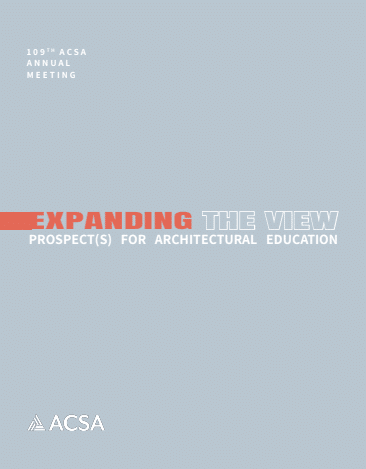Author(s): Palmyra Geraki
By drawing an analogy between precedent analysis in architecture and close reading in literary studies, this paper advocates for the potentially radical pedagogical consequences of incorporating close reading into architectural education and practice. Precedent analysis is presented as a textual strategy in a predominantly visual field that affords architects the opportunity to parse the vast amount of knowledge and intricate decision‐making that comprises the architectural process. The enduring relevance and disciplinary importance of close reading in the field of literary studies is showcased as a useful precedent for the field of architecture, which has struggled to maintain a dialogue between long‐standing disciplinary debates on autonomy and the role of theory in architecture and contemporary narratives that see architecture as a socially embedded practice. While precedent analysis has obvious limitations as a vehicle for the study of architecture, it does have the potential to transcend its traditionally formalist reputation and engage in a dialogue with contemporary design concerns by revealing the insidious ways power structures infiltrate spatial language.
https://doi.org/10.35483/ACSA.AM.109.67
Volume Editors
ISBN
978-1-944214-37-1

 Study Architecture
Study Architecture  ProPEL
ProPEL 
